Test Drive
Volkswagen ID.3 – the best Golf?
Volkswagen is calling its new electric model ID.3 the most important model of the decade. After icons such as the Beetle or Golf manufactured in the millions, VW hopes the ID.3 is a breakthrough in the era of electromobility. The ID.3 is a hatchback very similar to the legendary Golf in terms of its practical use. But because the ID.3 is built on a completely new MEB platform for EVs, there are some significant differences.
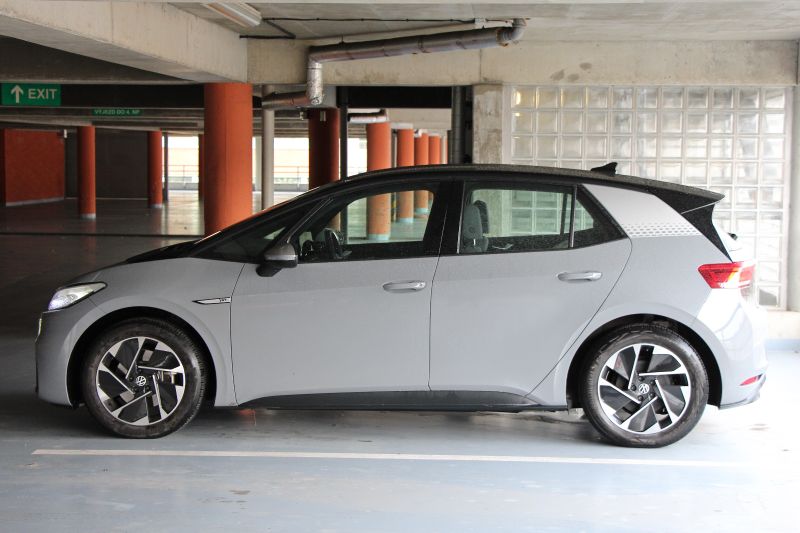
“new age Golf” is a rear-wheel-drive car
The utterly crucial difference is the repositioning of the entire drive to the rear axle. This means that this “new age Golf” is a rear-wheel-drive car. The reason is simple. The electric motor is able to generate high torque from virtually zero RPMs. Front-wheel drive electric cars often have a big problem with transferring engine power to the road. An example is the Hyundai Kona, which has considerable problems mainly accelerating on wet roads.
That totally piqued my curiosity to see how the rear-wheel drive would help this problem. Really? The result is near perfection. In contrast to the careful dosing of power when starting off with the Kona, I can press the accelerator pedal to the floor on dry and wet roads alike with the ID.3, and this hatchback sits beautifully, loading the rear wheels while accelerating wonderfully without slipping. The ID.3 acts during direct acceleration on wet roads almost like an all-wheel-drive car. Of course in corners it is easy to reach the rear drive limit, when it does it immediately engages the traction control but even then it is still very good.
By the way, in dry conditions and wet, of which I had plenty during the tests, I was impressed with the tires - Continental EcoContact 6, size 215/55 R18, which do not perform at all like hard “eco” tires geared only towards distance driving. Their grip let the car hold corners even in wet conditions. They also handle maximum braking like a star. The low-slung, roughly 500 kg battery, helps provide a low center of gravity so tilting into corners is kept to a minimum. However, we have to consider the total higher weight of the car. Despite its powerful drive, the ID.3 is no hot hatch. It’d have to lose a lot of weight.
In terms of faster driving, you first have to get used to the strange, extra soft brake pedal with longer travel. This is due to deceleration first by regenerative braking, and only then do the classic brakes kick in. But that odd feeling when braking soon faded and by the end of the test week, I had no real issues with it. The regenerative braking can handle up to 90% of normal braking, as evidenced by the clean front rims free of any signs of dust from the brake pads. Since most of the deceleration is done by regenerative braking, the rear axle cleverly uses drum brakes, which do not rust with minimal use, a common occurrence for electric cars with rear disc brakes. Above all, the drum brakes are designed to withstand the entire service life of the car without maintenance. This should be one of the advantages of electric cars – the minimum demands on the traditional braking system and ensuing considerable savings on regular service.
What I really didn’t like however was the settings of the ID.3 suspension, even though the car was fitted with the smallest possible wheel size at 18 inches. Indeed, it is possible to order even 19 or 20-inch wheels. The setttings can be described as somewhat sporty, but despite very high tire sidewalls, ID.3 cannot solidly filter out ordinary minor irregularities in the roadway. The result is a fairly inharmonious, bumpy ride. I think there is still a lot to work to do here and I wonder how other cars will be set up to the MEB platform, such as the VW ID.4, the Skoda Enyaq, the Seat el-Born or the Audi Q4 e-tron.
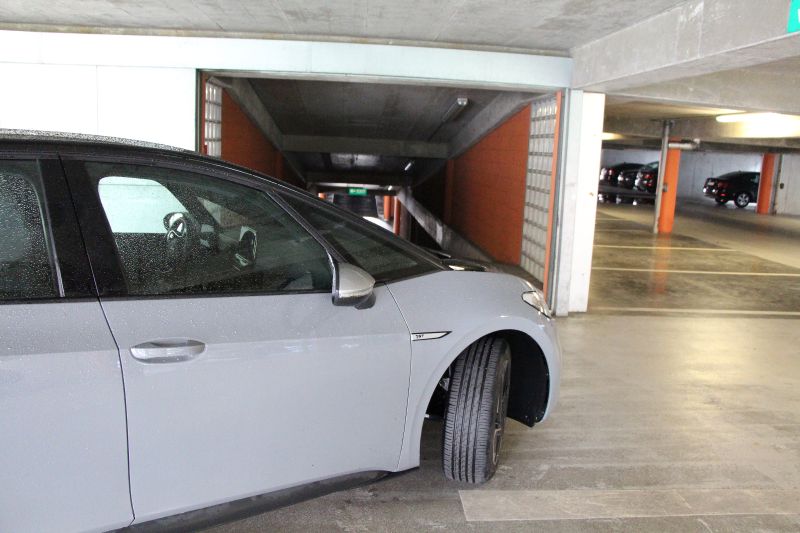
excellent steering angle
What I expected from the MEB platform, however, was a decent turning circle. Today, when many cars have a rather disappointing steering angle, the designers logically used the “empty” front, which contains only the electric part of the drive, for the possibility of turning the wheels significantly more than normal. The result is a spectacular turning circle on par with the tiny VW UP, even though the ID.3 wheelbase length is closer to that of a Passat. We compared the turning circle with an older Golf and here you can see the result. The good turning circle is a great help when maneuvering in the city. I really got a kick out of it especially when parking. You just drive up to the perpendicular parking space, by fully turning the wheels you turn the ID.3 “on a dime” right into the parking space and that’s it. All this even in very narrow spaces like parking garages.
The tested vehicle was from the ”1st Edition” series, which includes, among other things, a 62 kWh battery, with slightly less power actually available however, namely 58 kWh. The remaining 4 kWh form the so-called buffer, which protects the battery from excessive discharge and vice-versa. The synchronous electric motor with permanent magnets, produced by VW itself, delivers torque of 310 Nm and 150 kW of power. By the way, the weaker version of the ID.3 with a power of 107 kW and, oddly enough, the same torque 310 Nm as the stronger version, has exactly the same engine, only it is provided with less “juice” by electronics. Given the same torque, even the weaker version might not be bad at all.
What does 150 kW and 310 Nm mean in the case of a relatively heavy hatchback? According to the well-known Youtuber Bjørn Nyland, the ID.3 weighs exactly 1,840 kg with a 62 kWh battery, which is really a lot for a hatchback “Golf” class, due in large part to the heavy battery. The new Golf 8 weighs around 400 kg less in a similarly powerful version.
But the reality is much better than you’d expect. The accelerations from rest are completely smooth, but very fast, every overtaking of vehicles is done in seconds making it safer. The sovereignty of the ID.3 drive is so good that it makes this car a lot of fun to drive even without the sound of an internal combustion engine. I dare say that up to a motorway speed of 130 km/h, the ID.3 is one of the zippiest cars on the road. It even reaches its maximum electrically limited speed of 160 km/h with pure ease.
Whenever you step on the throttle, there is an immediate, and for the rest of the crew unexpected acceleration, all the while with the barely noticeable, seemingly distant whistling of the electric drive. In this, the ID.3 is even much better than, say, the Audi e-tron, which whistles audibly into the interior during acceleration and regen. These are sounds very similar to a tram or subway train.
The worst thing is to get back into the combustion-engine car after a week of electric driving, and as much as I like both, I have to admit, the first impression is always the lasting one. Somehow the latter doesn’t want to go, it vibrates, it hums. I can’t always shake the impression that I’m sitting in a nineteenth-century steam engine. And I can’t say my turbocharged gasoline-powered car is outdated.
But what about the ID.3’s consumption? I drove a lot around the city and surroundings, and the short stops combined with the cold autumn weather making it necessary to repeatedly heat the interior, had a rather negative impact on consumption. Consumption always exceeded 20 kWh per 100 km, which is quite a lot. The more expensive versions of ID.3 have a heat pump for more economical interior heating, reducing consumption when you have to keep the car warm. Motorway driving revealed a consumption of 18 kWh, and that’s not too shabby. On those rides we weren’t trying to drive economically; we drove as fast as the flow of traffic. The result is a bit paradoxical, because electric cars tend to have very low consumption in the city and higher on the highway. Just as it seems, frequent heating of the interior is quite energy-intensive.
The test ID.3 handled charging with power of up to 100 kW, meaning that on the motorway it is possible to recharge the battery for another 100 km of driving in just 11 minutes. I tried recharging an almost completely drained battery with only 3% on a powerful 150 kW charger. However, the ID.3 can only charge at a maximum of 100 kW. Charging above 80% is always very slow, so it is not advisable to recharge to higher values if not necessary.
The test ID.3 handled charging with power of up to 100 kW, meaning that on the motorway it is possible to recharge the battery for another 100 km of driving in just 11 minutes. I tried recharging an almost completely drained battery with only 3% on a powerful 150 kW charger. However, the ID.3 can only charge at a maximum of 100 kW. Charging above 80% is always very slow, so it is not advisable to recharge to higher values if not necessary.
Charging times on 150 kW hypercharger
- 3 % - 50 % 17 minutes
- 3 % - 60 % 24 minutes
- 3 % - 70 % 30 minutes
- 3 % - 80 % 38 minutes
- 3 % - 90 % 49 minutes
- 3 % - 100 % 63 minutes
Unfortunately, these times apply to charging stations with a power output of 100 kW or more. At the widely prevalent 50 kW stations, everything will take about twice as long.
Many people don’t yet really realize that the quietness of electric cars is a great added value that comes “free”. I also admire the beautiful sound of an eight-cylinder or even twelve-cylinder, but I appreciate just the same the quietness of electric cars. Especially in everyday operation, when going several times a day to pick up the kids, to shop or commute to and from work, the advantages of an electric car stand out beautifully. You get in the car, you immediately have full power, the engine does not need to heat to operating temperature and is not damaged by frequent starts. Plus the silence. When accelerating, the ID.3 accelerates very easily as if driven by nothing at all.
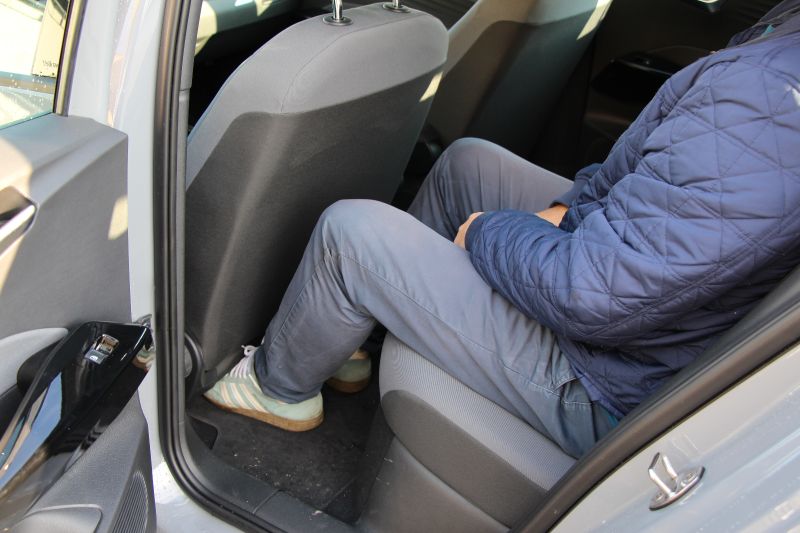
And what about the quality of the body and roominess of the ID.3? According to VW, roominess should be almost at the Passat level thanks to the long wheelbase. Unfortunately, that didn’t quite work out. I don’t know where the 14 cm longer wheelbase than the Golf gets swallowed up, but when I sit behind my seat, I have just enough legroom. In this, it’s very similar to the Golf 8. At least the ID.3 has a straight floor in the back. On the other hand, compared to the Golf, the ID.3 has a little bigger boot, but only by a few extra liters. It’s interesting to note that the battery situated below between the axles is 14 cm thick, which is another reason why the ID.3 is 10 cm taller than the Golf. This means it sits a bit higher, but that is hardly a disadvantage, and makes it all the easier to get in and out. What isn’t so pleasing is the poor rear view to the corners, where a thick rear pillar is in the way. Contrarily, the view forward and sideways is very good. And here’s the latest information on the bodywork: apparently thanks to the very solid battery built into the chassis, the ID.3 is incredibly rigid. It does not twist at all and nothing creaked in the interior throughout testing.
You may now think the ID.3 is almost perfect. Unfortunately, like almost every car, the ID.3 has its weak points. There are two main ones – interior cutbacks and software.
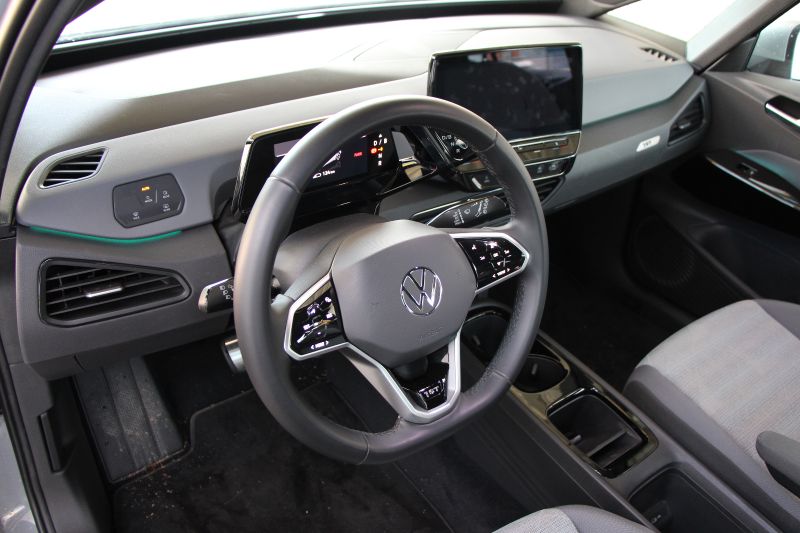
First of all, there’s a lot of visible scrimping and saving on some parts of the interior. Considering that the ID.3 is still far pricier than the comparable Golf, it’s a wonder these cut corners are so blatantly obvious. What do I mean specifically? The first problem I see in the cheap, hard plastics used on the doors and parts of the dashboard, which show various spots after a few weeks of use that are moreover difficult to clean. Completely incomprehensible are the piano black door handles. At this, the most used place on the door, dozens of scratches from finger nails or rings will crop up after one year. What happened to VW’s years of clean practicality? But back to the assessment. It’s been years since I’ve seen a car whose front bucket seats didn’t have pockets on the back side. This related to our lower trim level cars, ones with higher specification have always had these pockets. But at the price of the ID.3, they should also have been included in the basic model.
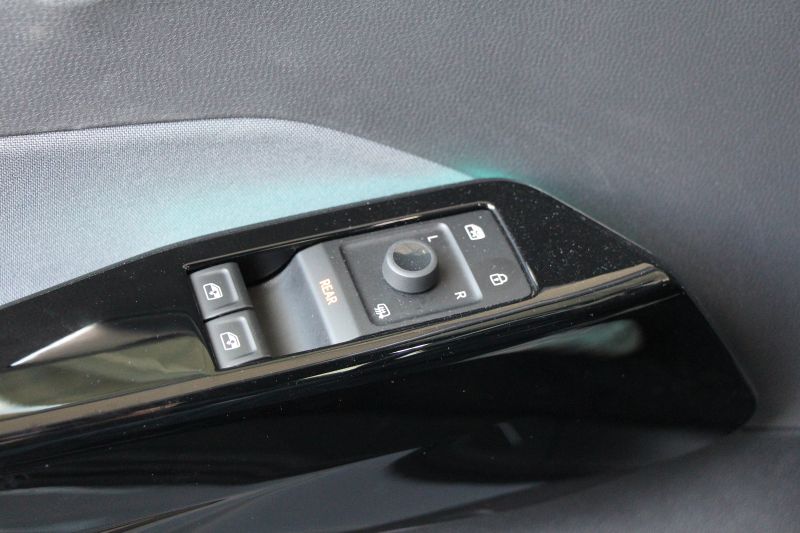
only two controllers for opening the front and rear windows
Another example of misplaced savings is that there are only two controllers for opening the front and rear windows at the driver. To open the rear windows, you have to switch to them using the impractical “rear” touch button. Unfortunately, in practice it works that you accidentally touch the “rear” controller while driving, thus activating it, and just when you want to open the front windows, you open the rear ones instead. Then to close those rear windows, you “click” on the “rear” button to turn it back off, and moving the right windows becomes a feat of trial and error. I don’t know how much VW has saved here, but it’s not the right solution. The last little point of irritation is when you recharge. To start recharging, you need to pull the plastic cap out of the DC jack and hang it on the hose below. What a pity. If Tesla has been elegantly able to do this for many years without this end cap, why is VW forcing me to use it, a company which has invested billions of Euros in the development of the MEB platform? Overall, I feel that VW seems to have saved cheaply at all costs. At the same time, the total reductions can add up to how much? 50 or 100 Euro? I don’t think it’s dignified for a car that’s supposed to be a future Volkswagen icon.
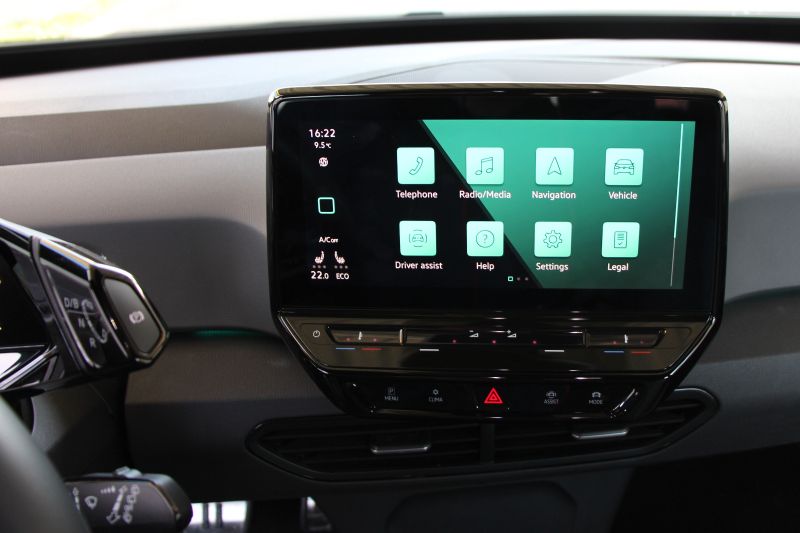
As VW has admitted, ID.3 is unfortunately coming to market with incomplete software. Literally. For example, the information system cannot yet find charging stations and create a road map, including charging, which can be a fatal problem for less experienced, new electric car owners. Ending up on the first longer ride stranded somewhere by the road side with a dead battery will not be a good advertisement for this car. Furthermore, the implementation of Apple Car Play and Android Auto is missing. These deficiencies should be remedied by next year by the final software upgrade, but only after visiting a service center. That’s not possible yet remotely as Tesla can do. After this update, future software updates will function remotely via the built-in data SIM card. The current software has other shortcomings too. For example, voice control is very weak, voice assistant understands about half of spoken commands, and there are just too few of them to begin with. This applies to commands in Czech and when switching to English.
So is ID.3 really the best hatchback VW has ever made? Yes and No. ID.3 is really better than any Golf in several respects, but it’s worse in a few areas. Here I present the main pros and cons of the ID.3 that resulted from the test:
In the next section, I’ve prepared answers for all my friends and passers-by whom we met during testing and who asked us various questions.
Who makes the battery for ID.3 and what is the warranty?
The basic battery cells are supplied by South Korean LG Chem and VW “packs” them into its own pack. The battery is liquid-cooled, which is a great advantage especially at higher temperatures in summer. The warranty is a solid 8 years / 160 thousand km, and guarantees that the capacity won’t fall below 70%. If it does drop below 70%, the battery will be repaired or replaced.
Can ID.3 recover power back into the battery?
Of course, most electric cars can do that today. On the display under the steering wheel, I saw while braking short-term recovery values of up to 95 kW, which sounds interesting and definitely extends the range.
They say electric cars even have aerodynamic wheel discs?
Yes, for example, the ones I have on this tested car can ideally save up to 4% of the range compared to conventional cars.
How’s the range?
The official range is 420 km for the tested middle version of the battery. That would be a nice value, but in practice it is about 100 km less. Even so, a range of over 300 km is acceptable for daily driving around town and surrounding areas. In practice, this comes down to “home” charging once or twice a week. However, if I am road-tripping down along the highway, I have to plan on stopping by a fast-charging station approximately every 250 km.
How long does it take to charge?
If you drive near your house, of course, you can recharge at home – this is also the most common way to recharge. You just come home and recharge the car overnight. It takes approximately 6 hours when connected to a wallbox. For longer journeys on the motorway, fast charging of 50 kW or more is used. The ID.3 can handle no more than 100 kW.
How did the ID.3 turn out in the crash test?
Superb. In the EuroNCAP crash test, the ID.3 received the highest five-star rating. A novelty is the so-called center airbag protecting the driver and passenger in an accident by preventing them from colliding.
Does it have comfortable seats?
The seats could be described as average, they have a rather less pronounced lateral support, but after driving 300 km I felt no increased back fatigue.
How is the gear shifting in the ID.3, I don’t see any shift lever in the center console?
ID.3 has its drive control in an excellent position right at the steering wheel. With an easy touch, you can shift between “D”, “R” and “P”. In addition, there is also a “B” mode, which ensures a stronger regenerative braking when releasing the accelerator pedal. This is useful, for example, when driving around the city, when you can drive with a “single pedal”, hardly using the brake.
The steering wheel looks decent, is it nice to grip?
Yes, the steering wheel has decent thickness, and the power steering functions well. The main thing is the ID.3’s fantastic steering angle. But what may not suit everyone are the touch surfaces on the steering wheel instead of classic buttons. I got pretty used to it, but the classic buttons are so much better.
How spacious is the boot? Is it located in the front like in the Teslas?
The boot capacity is practically the same as the Golf 8, even when the seats are folded down. Unfortunately, the ID.3 does not have a “frunk”, front boot while Tesla Model 3 does and it is quite large. Strangely, VW engineers certainly had the opportunity to disassemble Tesla’s Model 3 down to the last bolt, but they still couldn’t manage to design a frunk for the MEB platform. Maybe it will succeed in the next generation ID.3.
Can ID.3 accelerate decently?
Excellent. Officially, VW lists acceleration to 100 km/h in 7.3 seconds. We even measured 6.9 seconds, and times below “7” were confirmed by other testers. Notably, the new Golf 8 comes under 7 seconds only in its GTI and R versions.
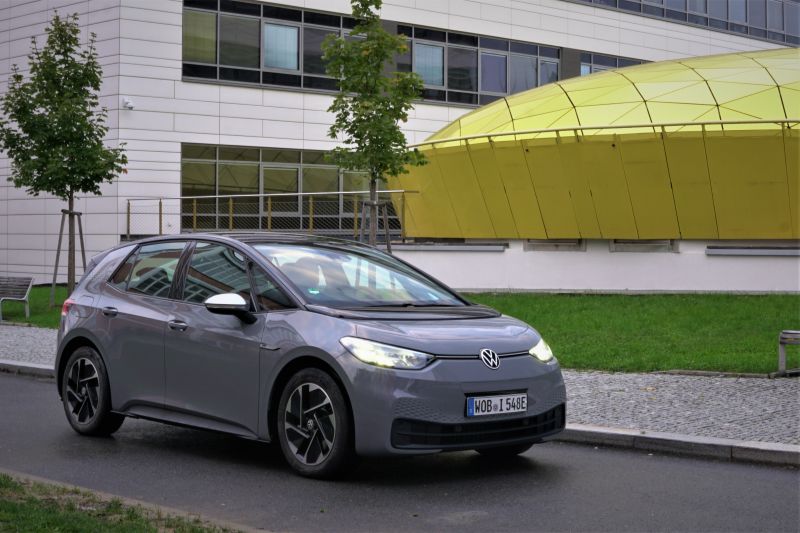
 Tomas
Tomas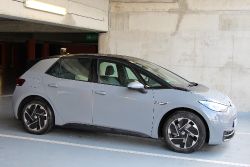
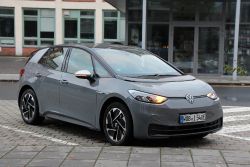
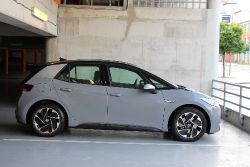
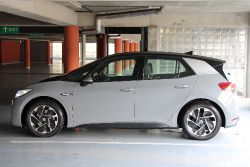

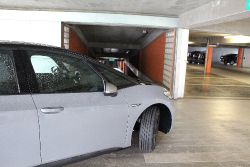
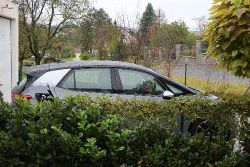
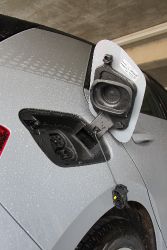
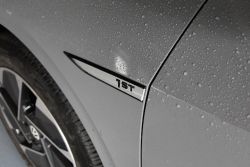
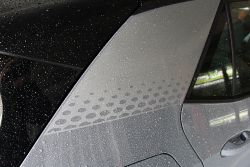
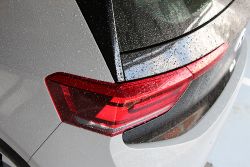

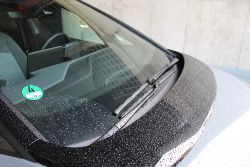
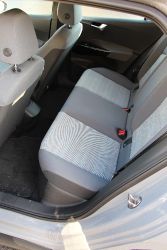
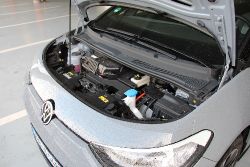

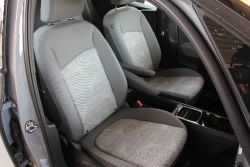
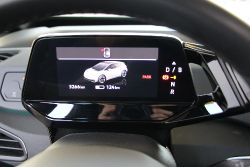
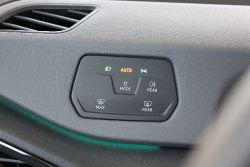
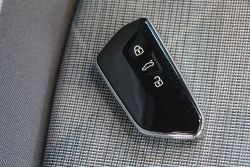
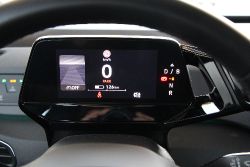
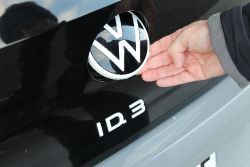
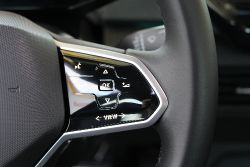
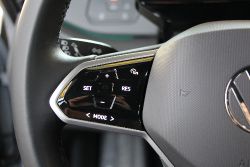
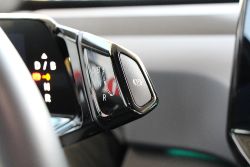
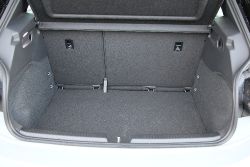
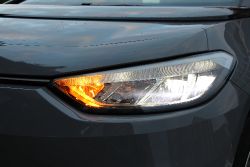
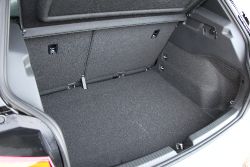

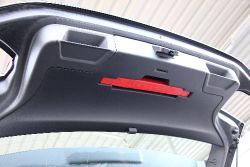
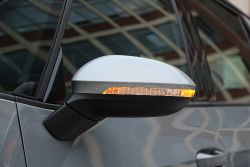
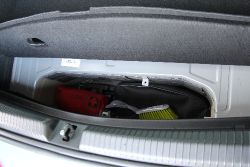
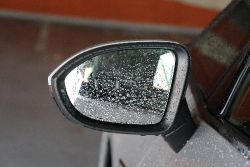
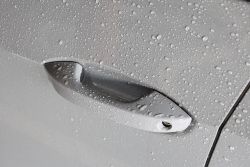


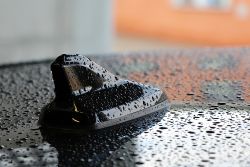
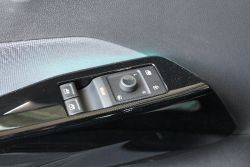
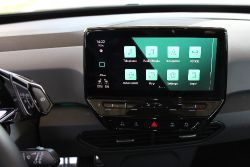
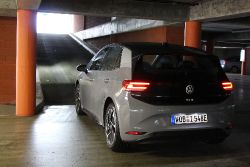

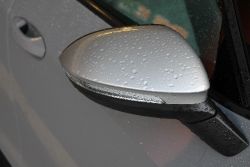
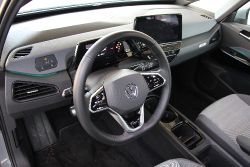
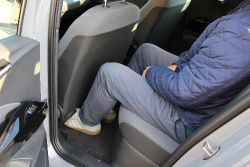
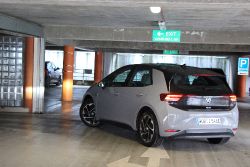
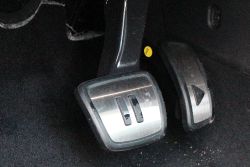
 Robert
CZ
[Renault Zoe]
Robert
CZ
[Renault Zoe]
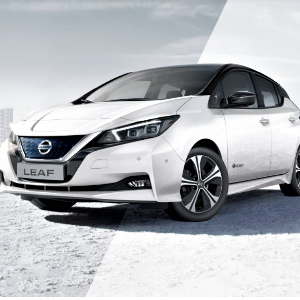 Leaf
Leaf
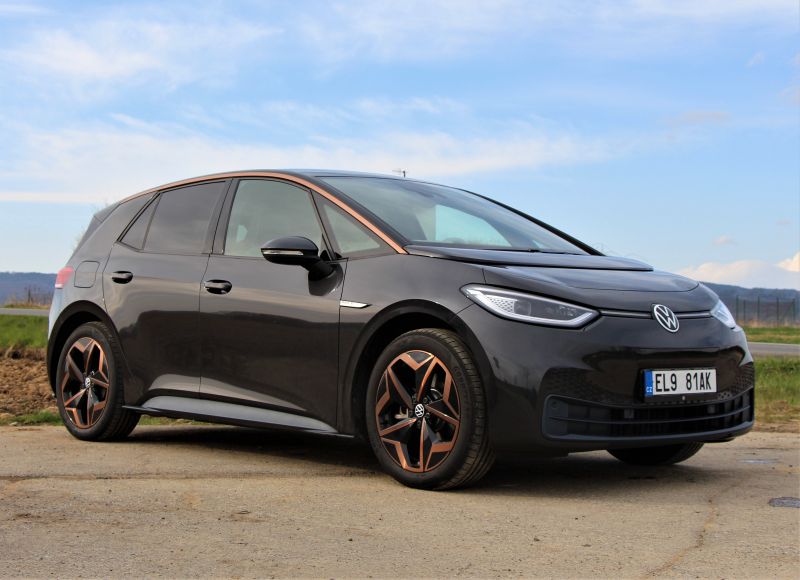
 SteveW
SteveW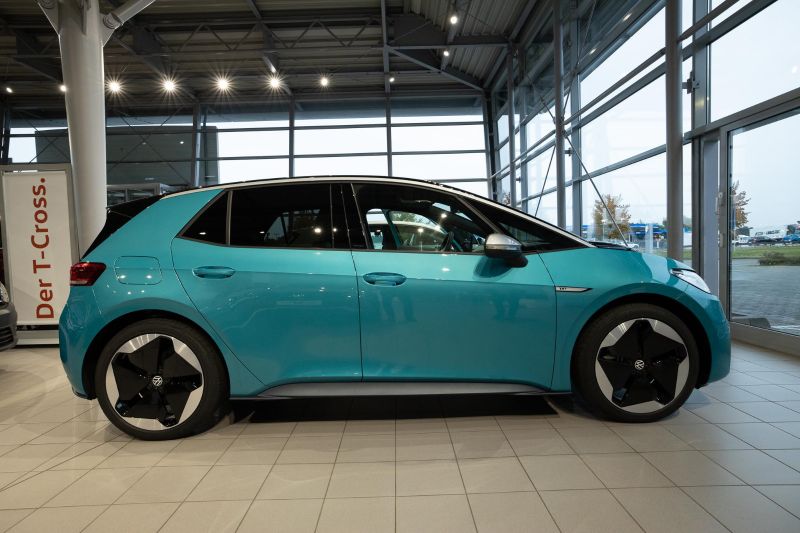
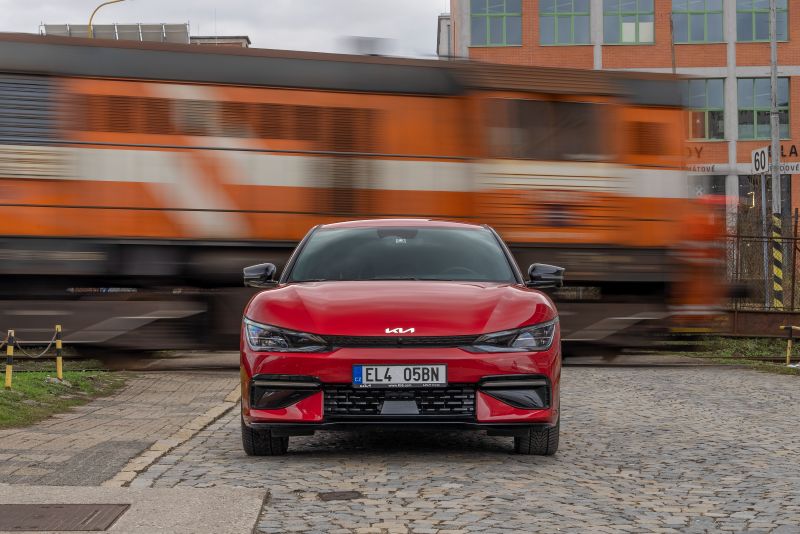
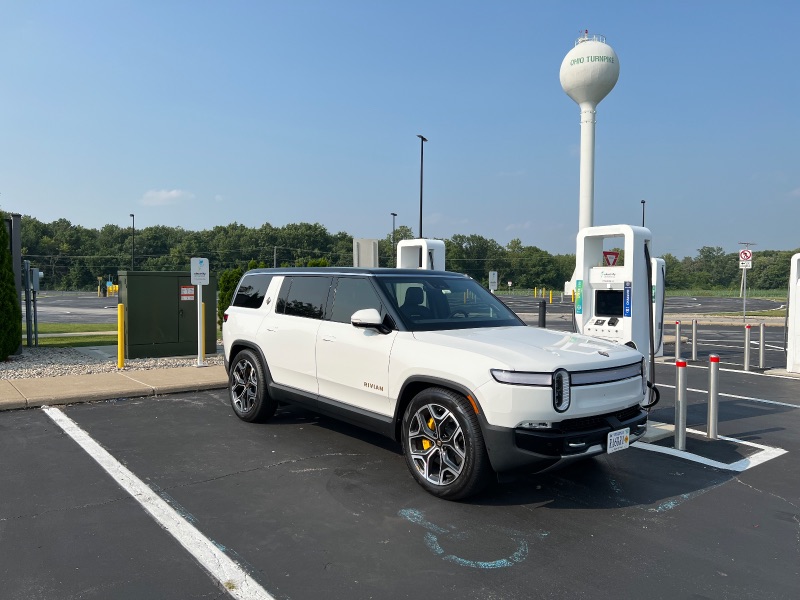
 dongruike
dongruike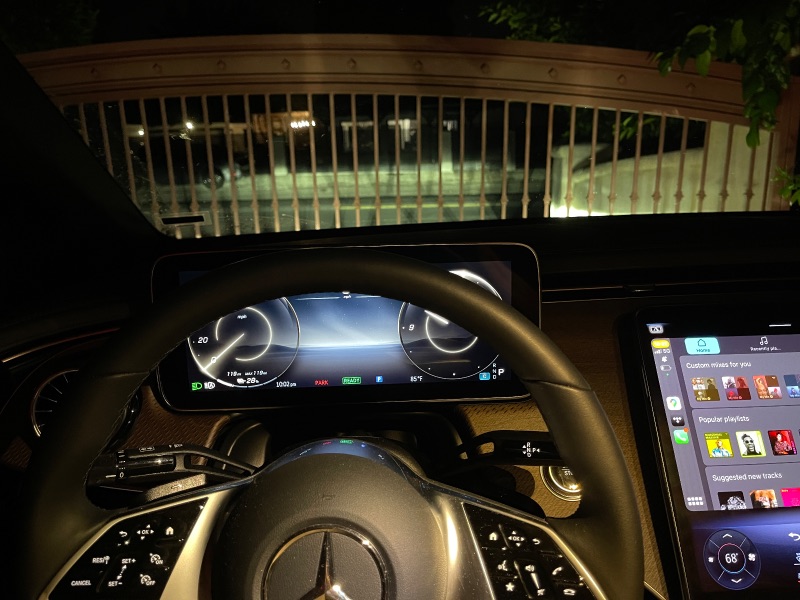

 TJWhiteStar
TJWhiteStar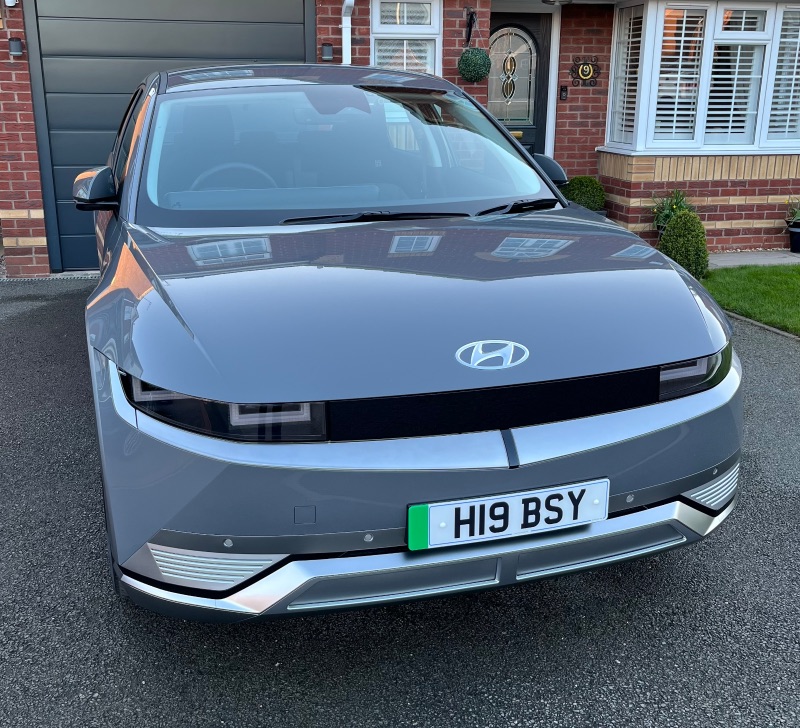
 Ant
Ant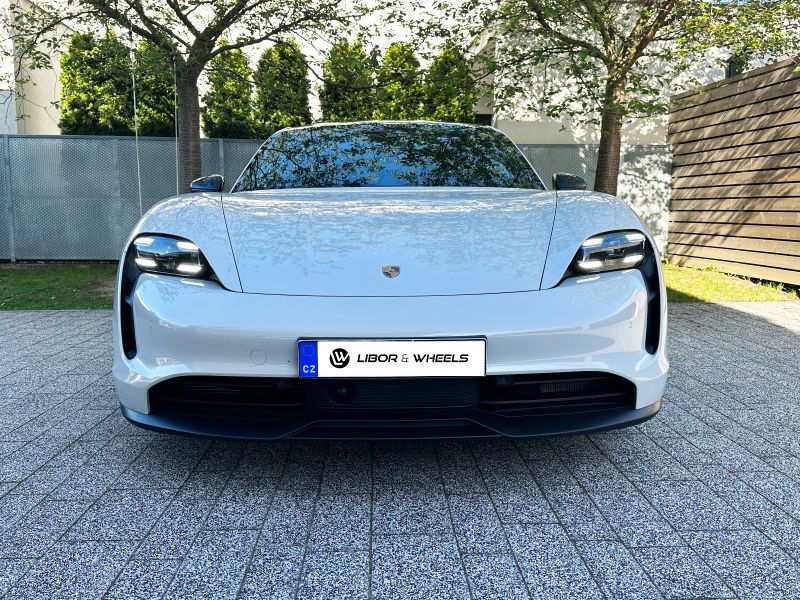
 libor&wheels
libor&wheels